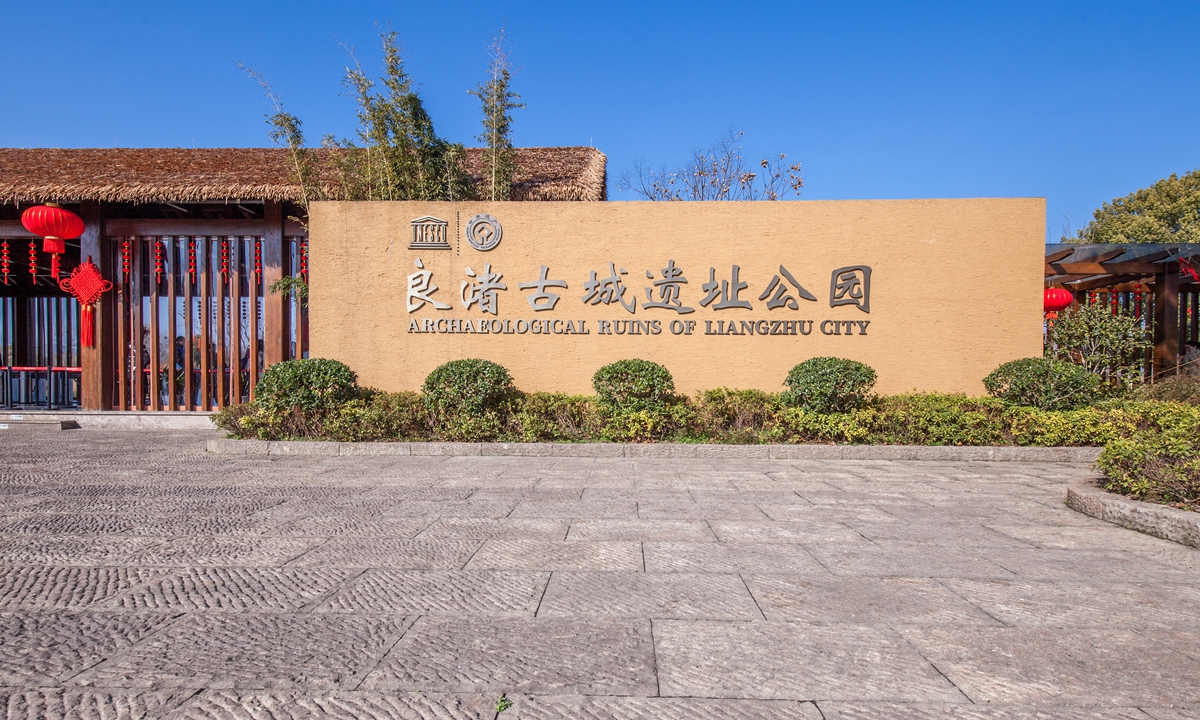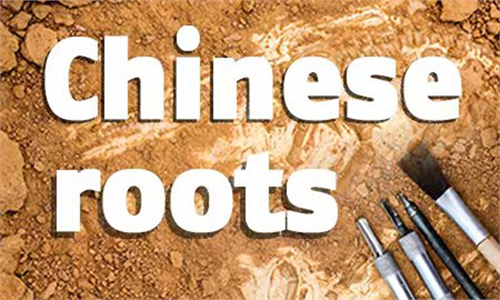Liangzhu Culture: 5,000-year-old prototype state along the Yangtze River
Around 5,000 years ago, as human civilizations gradually emerged in western and southern Asia, prototypes of states also came to the world stage including ancient Egypt and ancient India. When it came to eastern Asia, arguments constantly appeared questioning the history of ancient Chinese civilization during this same period until the World Heritage List recognized Liangzhu City in 2019, which was strong evidence of China's 5,000-year-old history.
The definition of a state has several dimensions: Based on the international consensus, it is normally evaluated through the forms of city, a written language, and metal craftsmanship.
The world once believed that the earliest history of Chinese civilization only reached the Shang Dynasty (C.1600-1046BC) 3,600 years ago, while the existence of this civilization before that was in doubt.
However, through continuous excavation work over the past few years, the World Heritage committee finally reached an agreement that the Ruins of Liangzhu City in fact shows an early regional state that existed in the late Neolithic Age. It was supported by rice farming and had social classes and systematic religion.
The ruins were first discovered in 1936 when exquisite relics such as yubi, a circular jade artifact, were unearthed. These designs were later used by many modern designers, such as the designers of the medals for the 2022 Hangzhou Asian Games.
Experts confirmed that the culture existed between 5,300 and 4,300 years ago along the lower reaches of the Yangtze River, covering areas including what is today the northern part of Zhejiang Province (then a city center), the southern part of Jiangsu Province and Shanghai. It was later discovered that the culture also expanded to and influenced more distant areas such as what is now East China's Shandong Province, and the provinces of Fujian and Guangdong in the far south.
Expert explained that Liangzhu City had a similar layout to ancient Beijing, both of which were centered on an imperial palace surrounded by an inner city and then city outskirts.
Around 10 kilometers northwest of the ruins, archaeologists discovered 11 dams from that time. They are now recognized as the world's earliest water management system.

The Archaeological Ruins of Liangzhu City Photo: VCG

